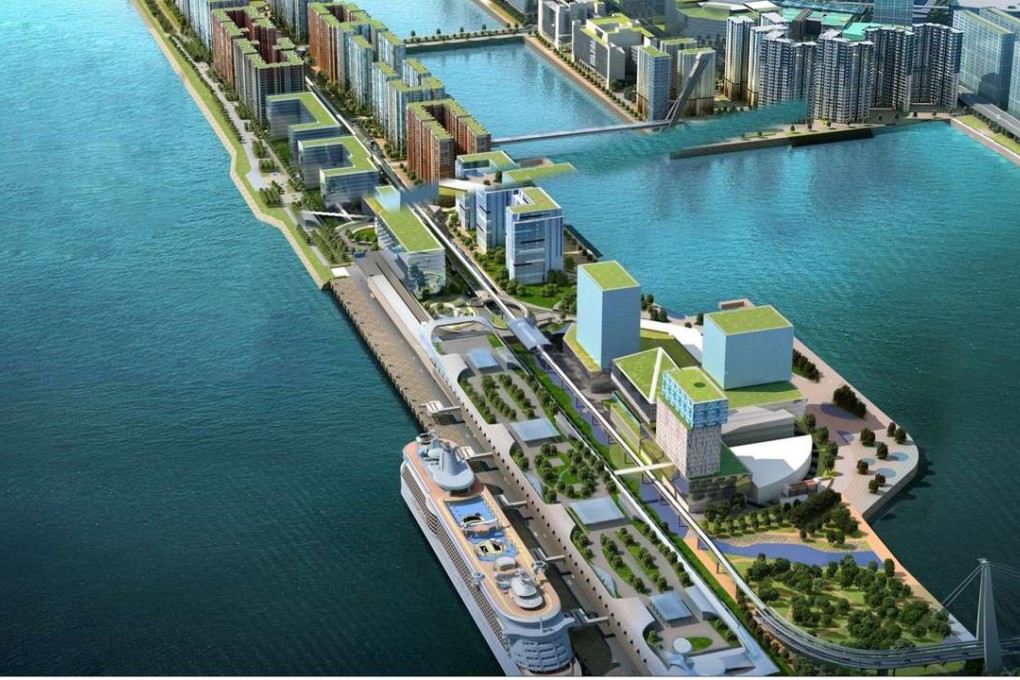Hong Kong population of new Kai Tak development area to increase by almost 30 per cent
Government is also proposing park to house Song Dynasty cultural relics found in the area

The population of the new Kai Tak development area will increase by almost 30 per cent, according to the latest government proposal to further relax the site’s development density.
The government also proposed to rezone part of a planned road, a government site and a commercial area to public open space to create a heritage park, where ancient relics including old wells and coins discovered in a previous excavation will be displayed.
Following the latest review of the 320-hectare site in East Kowloon – the home of the former Kai Tak airport – the government suggested increasing the total number of flats by 28 per cent to 49,900 to house 134,000 residents, compared to a population of 105,000 in the original plan approved in 2007.
This will be achieved by rezoning four sites – including three earmarked for hotels – for housing, as well as increasing the plot ratio for 15 out of 29 sites by up to 44 per cent from 4.5 to 5 times to 6.5 times.
But a Planning Department spokesman said the public-private ratio for the additional flats remained undecided.
He said the government would submit the revised plan to the Town Planning Board on Friday and if the board approved it, the government would make a final decision after consulting district councils and the Harbourfront Commission.